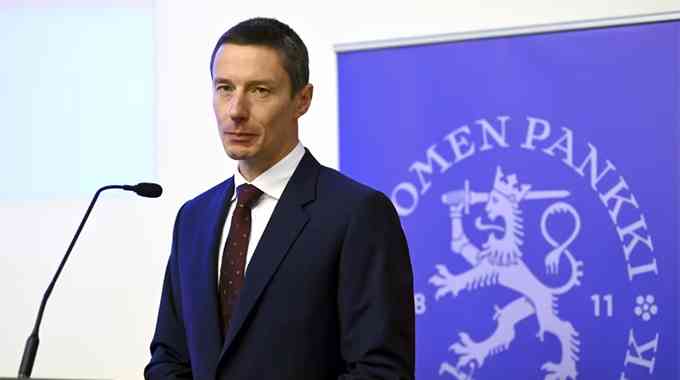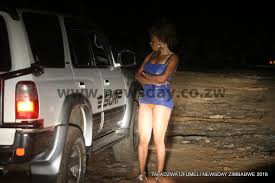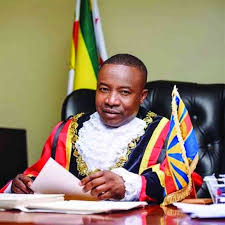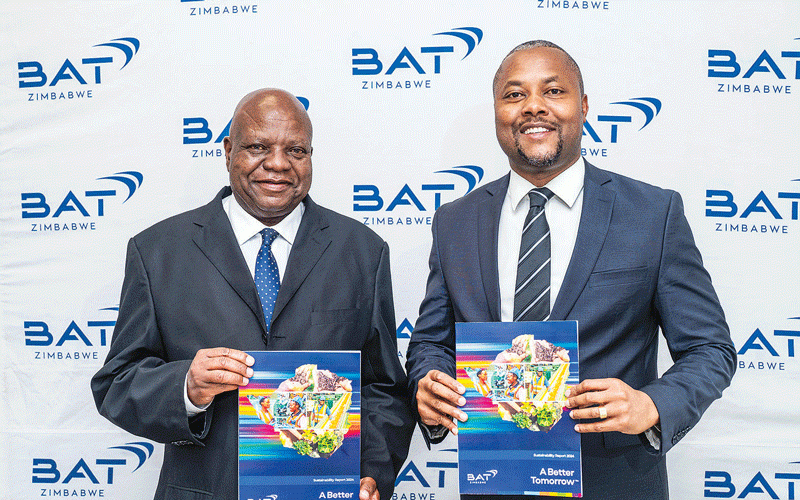PRESIDENT Robert Mugabe, some of his ministers and senior army officials were closely involved in the planning and execution of the Gukurahundi massacres, new research and recently declassified Australian government documents have revealed.
By Staff Reporters
The revelations are likely to embarrass the ruling Zanu PF government at a time the emotive issue has creeped back into the spotlight.
Australian embassy dispatches to Canberra from 1983 reveal how Zanu PF ministers, Vice-President Emmerson Mnangwagwa, Defence minister Sydney Sekeramayi and the late Eddison Zvobgo were aware of the 1980s massacres, with the aim to finish off Zapu and create a one-party state.
The Australian cables reveal that embassy officials had met with former Midlands governor Cephas Msipa, who revealed that Zanu PF ministers had told him that Gukurahundi massacres had been planned by the party’s central committee.
“He (Msipa) had talked earlier with Legal and Parliamentary Affairs minister and later lunched with him,” the embassy dispatch reads. “Zvobgo told him of the decision of the central committee that there had to be a massacre of the Ndebeles.”
Keep Reading
- Chamisa under fire over US$120K donation
- Mavhunga puts DeMbare into Chibuku quarterfinals
- Pension funds bet on Cabora Bassa oilfields
- Councils defy govt fire tender directive
Msipa is said to have reiterated the word “massacre”, revealing that the killings — which Mugabe has only referred to as a “moment of madness” — were carefully planned and executed.
Once the killings started, Zvobgo is said to have told Msipa that Perrence Shiri, then commander of the Fifth Brigade and now boss of the Air Force of Zimbabwe, said “politicians should leave it to us”.
Sekeramayi, who was Defence minister, on the other hand, is said to have told Msipa that he had preferred a political solution to the Matabeleland situation.
The latest revelations sharply contradict what Vice-President Phelekezela Mphoko has said recently that Gukurahundi was a Western conspiracy, but rather point to the fact that the President knew what was happening and approved of it.
“Another member of the High Commission was told by Msipa at the residence (presumably the residence of the High Commission) on 5 March that Sekeramayi had also said that not only was Mugabe fully aware of what was going on — what the Fifth Brigade was doing was under Mugabe’s explicit orders,” the cables read.
The former Midlands governor then said he was having a crisis of conscience, as he remained in government, yet the authorities were responsible for the killings in Matabeleland South, which then were in their nascent stages.
A historian and author, Stuart Doran, points out that Msipa was close to Mugabe because of their shared history and his account to the Australians could be credible.
“Msipa was a credible witness in view of his amicable relationship with Mugabe,” Doran writes.
“He had, for instance, shared a room with Mugabe for two years during their earlier career as teachers.
“Msipa had also welcomed Mugabe into his home when the latter returned from Ghana in 1960 and joined the struggle against white rule.
“Between 1980 and 1982, when tensions were rising between Zapu and Zanu, Msipa had served as a regular go-between and had spoken to Mugabe often.”
In discussions with Western representatives, Sekeramayi also revealed that the killings in Matabeleland and Midlands were not an accident and were planned.
“Sekeramayi was more circumspect in direct discussions with Western representatives, but nevertheless made clear that the massacres were no accident,” Doran writes.
“The ‘army had had to act hard’, he told the British defence attaché, ‘but . . . the situation was now under control’.
“Later, Sekeramayi admitted to the British High Commissioner that ‘there had been atrocities’.”
During the killings, Shiri is said to have consulted extensively with now Zimbabwe Defence Forces Commander General Constantine Chiwenga, then commander of 1 Brigade in Bulawayo.
“Chiwenga’s unit also provided a range of practical assistance, including logistical support for 5 Brigade and a base from which Shiri’s men operated when they made punitive raids on Bulawayo’s townships,” Doran writes.
“Together with other former Zanla cadres, who shared common experiences and common hatreds, the pair was intimately involved in an apparent attempt to obliterate the Ndebele from the face of the earth.
“The first six weeks of 5 Brigade’s pogrom were genocidal in their intensity, but the documentary record shows that an order was given to curtail this phase after news of the massacres began to leak to the outside world.
“However, the killings did not end, but were instead scaled back and conducted in a more covert manner.”
Doran, who is set to publish a book based on new information on Zimbabwe titled Kingdom, Power, Glory: Mugabe, Zanu and the Quest for Supremacy, 1960–87, also questions why Western governments did so little to curtail the killings, but insists blame for the massacre lies solely with Mugabe.
“New documentary material underlines once more that post-independence Zimbabwe’s greatest crimes and deepest wounds lie squarely at the feet of Mugabe and Zanu PF,” he says.
“The killings were a thoroughly internal affair. They were neither provoked nor sustained by outsiders.
“From start to finish, the atrocities were driven from the top by Zanu PF in pursuit of specific political objectives.”
Msipa yesterday refused to comment on the latest revelations or talk about Gukurahundi, saying the matter was too sensitive .
Open discussion of the Gukurahundi massacres in the country remains heresy, with the government recently wheeling out analysts and officials who deny the atrocities.
Mphoko is the most senior member of government to try and absolve Mugabe of any involvement in the massacres, although the latest revelations are likely to leave him and his party with egg on their collective faces.
Mugabe, in the 1980s, set up a commission of inquiry into the killings, ostensibly to assuage Western diplomats who expressed uneasiness at the massacres, but the findings of the commission are yet to be made public, three decades later.
See Stuart Doran’s analysis of the Gukurahundi documents courtesy of the Daily Maverick





